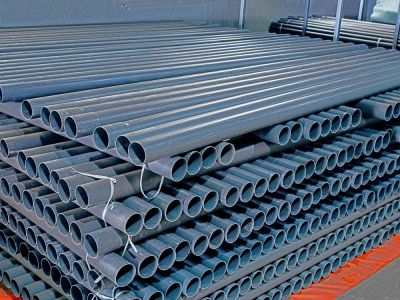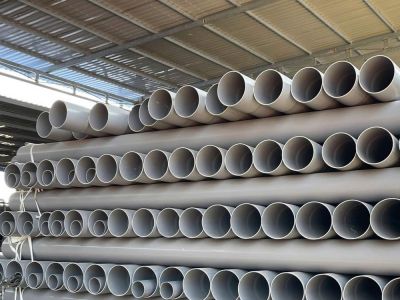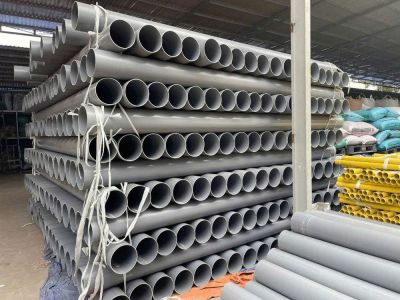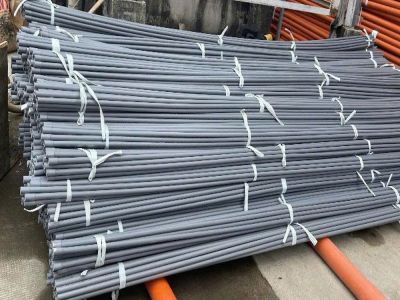Plastic pipes are indispensable materials in the construction industry, water supply and drainage systems and industrial applications. Among them, PVC and uPVC pipes are the two most popular types. Although they look similar, they have many important differences in composition, properties and applications. So how are uPVC and PVC pipes different, and which type is more commonly used? Let's find out the details with Long Thanh Vien Thong Plastic in the article below.
1. What is PVC plastic?

PVC (Polyvinyl Chloride) is a thermoplastic widely used in the production of PVC pipes and many other products such as plastic films, electric cables, air pipes, construction materials, etc. PVC has high flexibility thanks to additives such as plasticizers, which make the material softer and easier to bend.
Advantages of PVC pipes:
Lightweight, easy to construct and install.
Cheaper than many other types of plastic.
Good corrosion resistance and chemical resistance.
Can be more flexible if plasticizers are added.
Disadvantages of PVC pipes:
Less durable in high temperature environments.
May contain plasticizers, reducing long-term durability.
Not environmentally friendly due to difficulty in recycling.
2. What is uPVC plastic?
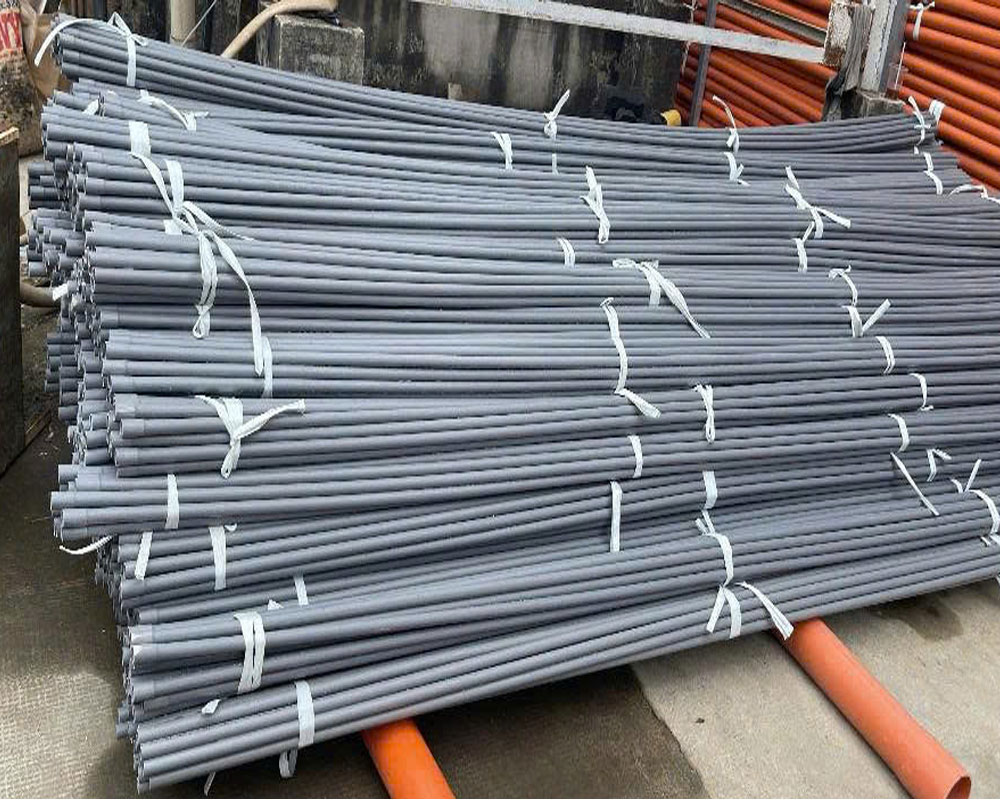
uPVC (Unplasticized Polyvinyl Chloride) is a plasticizer-free version of PVC. This makes uPVC pipes harder, more durable and more resistant to force than PVC pipes. uPVC is often used in water supply systems, windows, doors and other building structures.
Advantages of uPVC pipes:
Higher mechanical strength than PVC pipes.
Does not expand or deform much under high temperatures.
Good UV resistance, suitable for outdoor applications.
Does not contain plasticizers so it is safer for health and the environment.
Disadvantages of uPVC pipes:
Harder and more brittle than PVC pipes, less flexible.
Higher cost than PVC pipes.
More difficult to construct because it cannot be flexed much.
3. What is the difference between uPVC and PVC pipes?
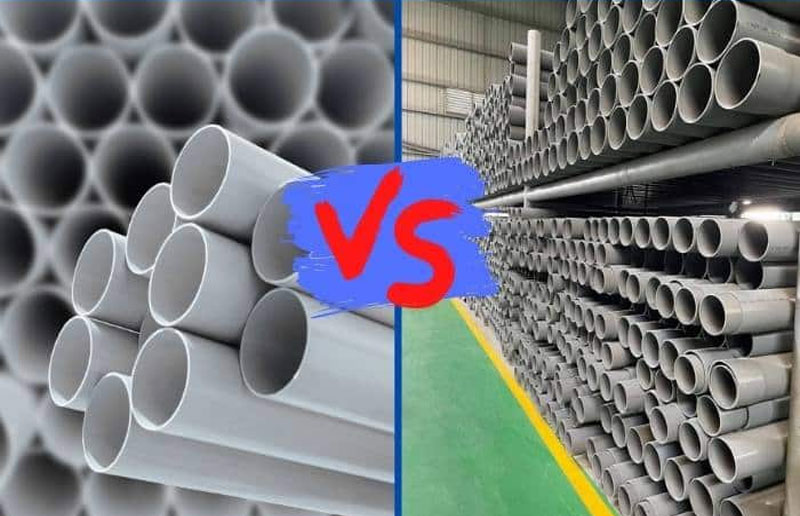
Here are the key differences between PVC and uPVC pipes:
Criteria | PVC pipe | uPVC pipe |
Plasticizer | Contains | Does not contain |
Durability | Less | Higher |
Flexibility | More flexible | Rigid, less flexible |
Applications | Drainage systems, cables, plastic membranes | Water supply systems, plastic doors, door frames |
Heat resistance | Less | Better |
Environmental impact | Less friendly | Safer |
In general, PVC pipes are flexible but less durable, while uPVC pipes are more rigid and durable, suitable for pressure-resistant systems or long-term use.
4. PVC and uPVC pipes: Which type is more commonly used?
The choice between PVC and uPVC pipes depends on the purpose of use as well as the technical requirements of each project.
PVC pipes are widely used in drainage systems, air pipes, irrigation pipes thanks to their high flexibility and reasonable price. With more flexible properties, PVC pipes are easy to install and construct, suitable for systems that do not withstand too much pressure.
uPVC pipes are popular in clean water supply systems, chemical pipes and outdoor applications. Thanks to its high durability and resistance to temperature and UV rays, uPVC pipes ensure long-term safety, especially in domestic water supply systems.
Currently, due to the increasing demand for safety and durability, uPVC pipes are becoming the preferred choice in civil and industrial works. However, PVC pipes still have advantages in applications that require flexibility and low cost. Therefore, choosing the right type of pipe will depend on the specific needs of each project.
In short, both PVC and uPVC pipes have their own advantages, suitable for different needs. When choosing the right type of pipe, it is necessary to carefully consider factors such as the installation environment, technical requirements and investment costs to ensure long-term efficiency.




